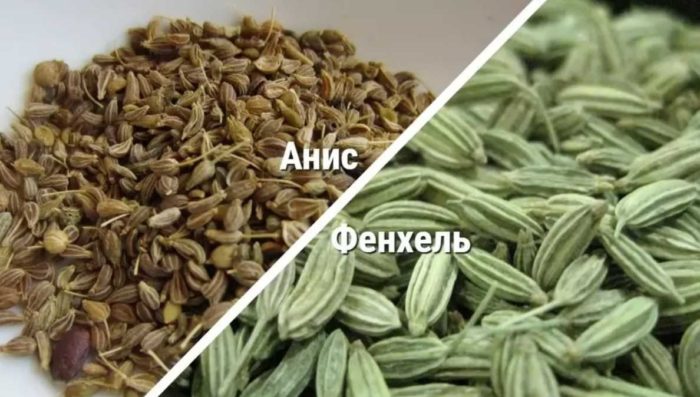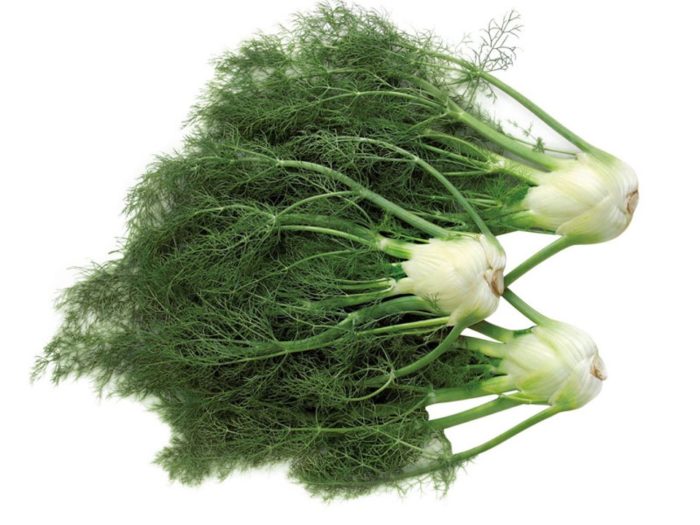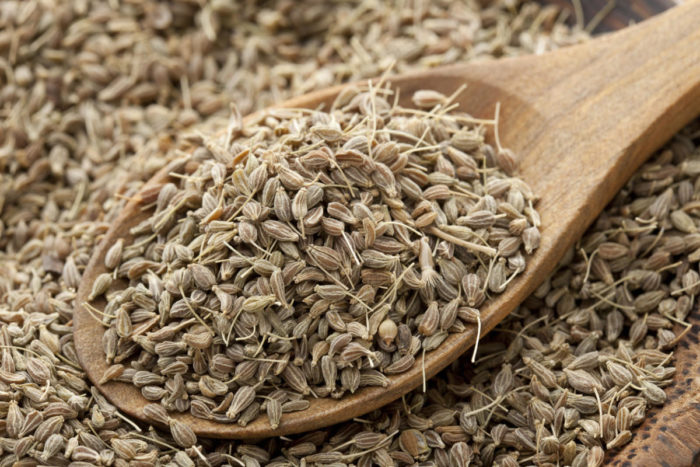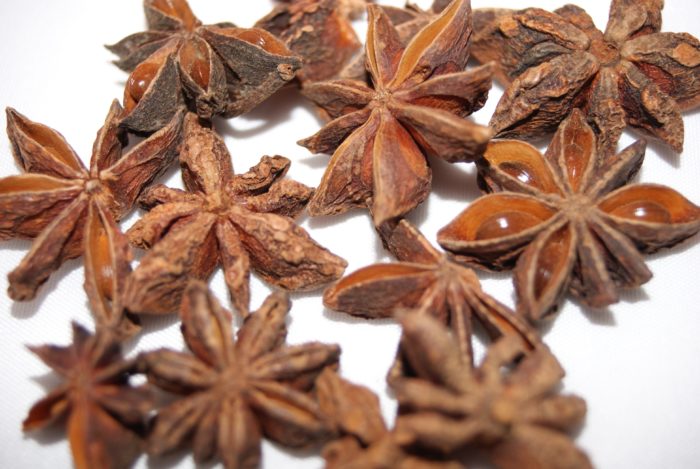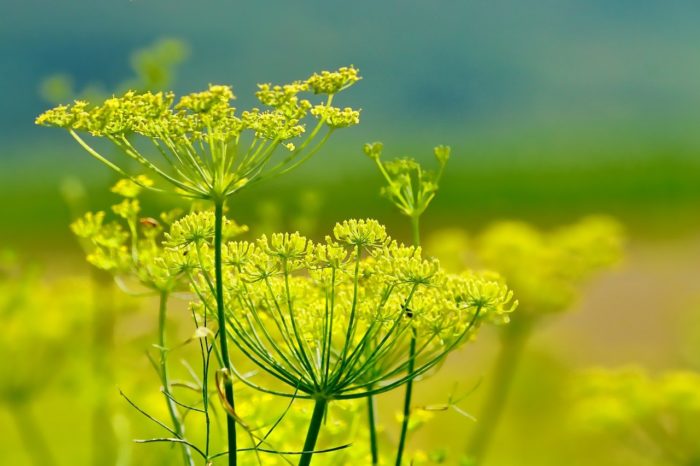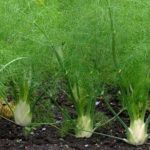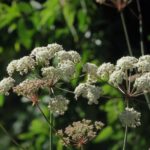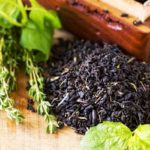Spices are considered an important ingredient in various dishes. Flavorful additives help make food much tastier and more attractive. In addition, spices promote better absorption of food and activate metabolism in the body. However, not everyone knows the difference between anise and fennel. In fact, these are completely different cultures that have many differences.
What it is
Fennel is a perennial flowering plant that belongs to the Apiaceae or Celeraceae family. It is characterized by yellow flowers and feathery leaves. Under natural conditions, this culture is found in Mediterranean countries.However, it is also grown in other parts of the world.
This plant is characterized by a pronounced aroma. It is actively used for medicinal purposes and in cooking. It is a staple spice in Indian and Sri Lankan cuisines. In addition, fennel has a wide stem base, which is eaten as a vegetable.
Anise is an annual herbaceous plant that belongs to the Apiaceae family. Its edible component is the seeds. The culture is found in the eastern Mediterranean and southwest Asia. Star or Chinese anise forms a pod that resembles an eight-pointed star. This culture has a pronounced aroma. Its seeds taste like fennel.
Key differences
The plants in question are related, but they have a number of differences that affect many aspects.
Origin
Fennel has long been used in the cuisines of various nations. This plant is native to the Mediterranean. From there it spread to other countries. This aromatic herb was eaten by the inhabitants of Ancient Greece, Rome, and Egypt. It was also eaten by Indians and Chinese. Nowadays fennel is actively grown everywhere. It can be found in European countries, southeast Asia and North America.
Anise originates from the Mediterranean and Western Asia. It is noteworthy that this spice was known back in Ancient Egypt. The population of this country consumed anise back in 1000 BC. The spice was also popular in Ancient Greece and Rome. Subsequently, it came to European countries and began to be actively used in cooking, medicine and the perfume industry.
Appearance
The cultures in question have similarities in appearance. However, each of them has its own unique features. So, anise has the following features:
- a tap root that lies deep in the soil - this gives the plant the ability to withstand even the most extreme conditions;
- straight shoots - their height is 50 centimeters or a little more;
- stems that are covered with fluff and grooves - their branching begins from the central part;
- carved or jagged-incised leaves - they have an indistinct green color;
- two-seeded fruits of a gray-green color - there are small grains inside.
Small white buds of anise form inflorescences, the diameter of which is 6 centimeters. They form on shoots starting at the end of June.
Fennel is considered a relative of anise, however, unlike it, it belongs to the category of perennial crops. This plant is characterized by the following features:
- wrinkled fleshy root;
- pinnate leaves that have long thread-like lobes;
- yellow flowers that form large flat umbrellas;
- two-seeded fruits.
Edibility
Fennel can be consumed entirely. The following cultural fragments are used in cooking:
- seeds;
- young foliage;
- bulbs.
Oil is also made from fennel. This product has medicinal properties. It is known to be an excellent remedy for toxic liver damage.
Anise seeds are usually used for food. The grains of the plant have a pleasant aroma. Some gourmets add anise leaves to fruit and vegetable salads.
Anise and fennel seeds are similar in appearance. That's why they are often confused. The plants have small, elongated grains. The taste and smell are also similar. However, anise seeds have a more pronounced and tart aroma. Fennel has a less intense odor. It seems slightly subdued.
Growing process
Annual anise is grown only in the south. In the northern regions, its seeds simply do not have time to ripen. If the crop is planted to produce greens, it can also be grown in temperate climates. Seeds should be planted in the ground directly on the site. The culture needs fertile soil and abundant moisture.
The growing season of fennel takes 4 months. Therefore, this crop is best grown in seedlings. The most suitable time for planting is the end of April. The first shoots appear only after 20 days. It is recommended to transplant the plant to the site in the second half of May.
In order for fennel to develop normally, you need to adhere to the following recommendations:
- The beds should be weeded frequently, since the crop is poorly tolerated by weeds.
- The plant should be watered taking into account the condition of the soil. The best option in this case would be drip irrigation.
- After each moistening, the soil must be loosened to a depth of 3-5 centimeters.
It is worth considering that vegetable varieties of fennel require hilling. Thanks to this, the tips will ripen well. This manipulation involves the formation of an earthen mound near the stem. Its height should be 6 centimeters. The beds need to be fed once a season. For this you should use mineral preparations.
Fennel can be grown as a perennial only in subtropical climates. However, even in warm regions it should be insulated for the winter. To do this, it is recommended to use mulch made from natural materials - peat, sawdust, pine needles.
Application
Anise has a special licorice taste, which is due to the content of an organic compound - anethole. The main feature of the substance is its solubility in alcohol.Therefore, anise seeds are often used to make certain types of alcohol. The plant extract is also added to soft drinks. This gives them a slight caramel flavor.
In addition, anise can be added to dough when baking baked goods or used as a topping for some types of bread. In addition, spicy seeds can be used to prepare meat dishes, marinades and desserts.
Fennel is also widely used in cooking. The leaves of this plant are added to salads, meat and fish dishes. The seeds are often added to soups, sauces and marinades. Fennel is often used in Italian and French dishes.
In addition, the culture is often used in medicine. With its help it is possible to obtain the following effects:
- achieve antispasmodic action;
- stimulate the synthesis of secretions of the digestive glands;
- achieve an expectorant effect;
- get a diuretic effect;
- cope with inflammation;
- get rid of bacterial microorganisms.
Anise and fennel are popular crops that have a distinct taste and aroma. That's why they are often used in cooking. Despite the similarities, these plants also have a number of differences. They relate to appearance, application, cultivation.

